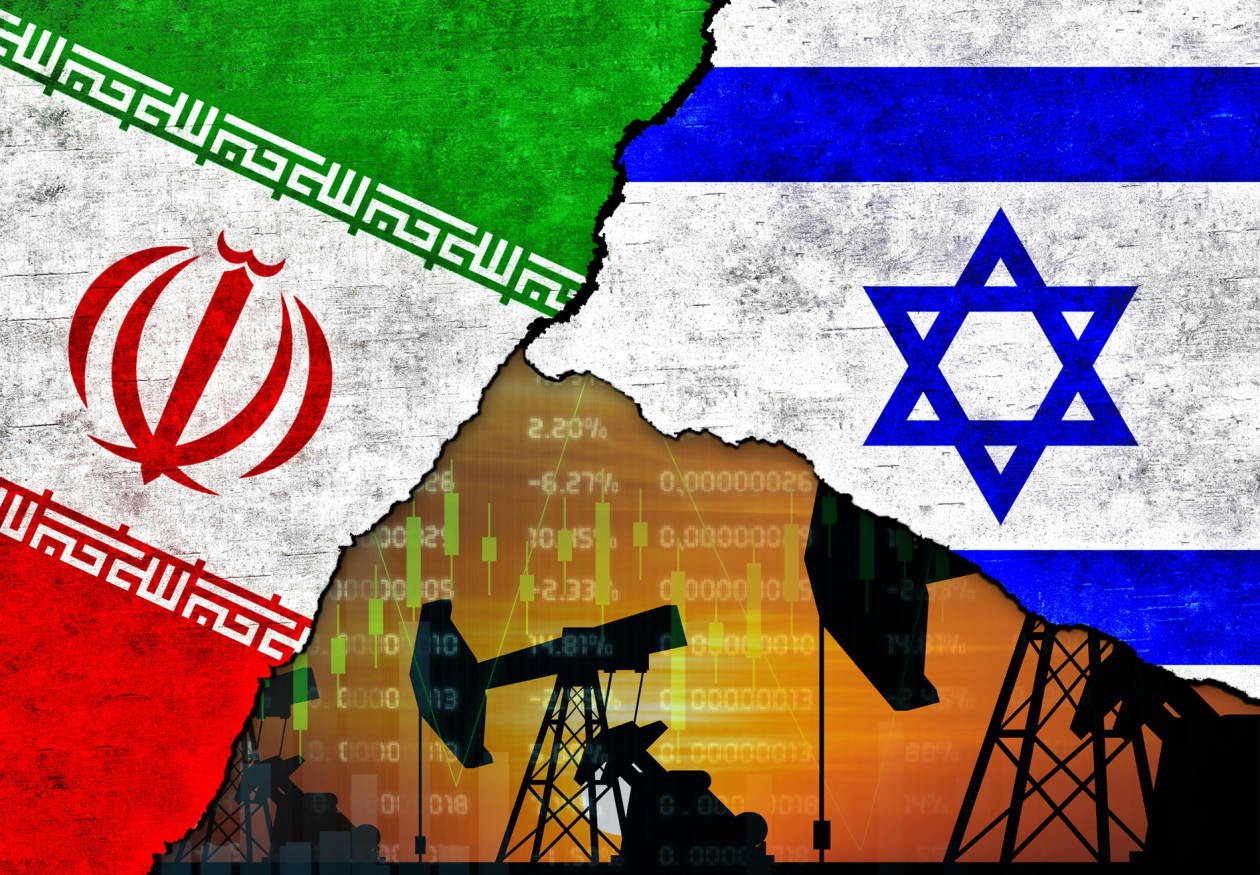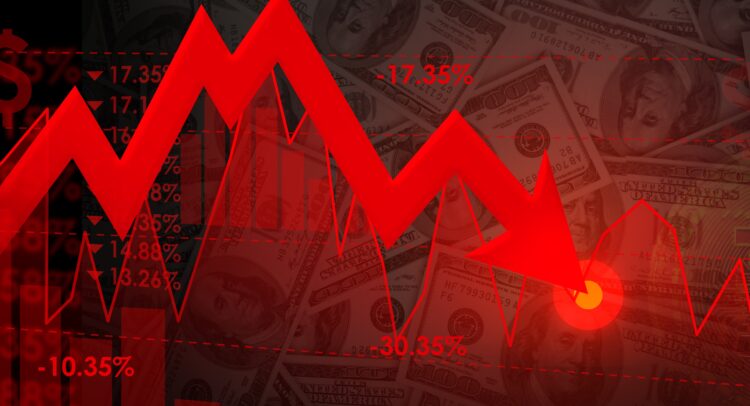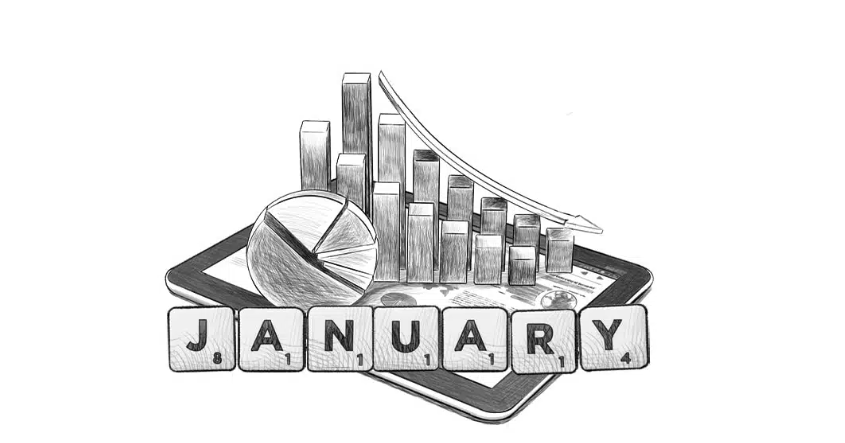Within hours of Israel’s strikes on Iran, oil prices surged roughly 9%, with Brent touching $73–$75—a level not seen in nearly a month—before settling slightly lower amid traders’ fears of regional escalation disrupting Middle Eastern supply chains. Simultaneously, gold climbed about 1%, reaching approximately $3,422–$3,450 an ounce, as investors fled to the ultimate crisis hedge.
On equities, futures fell roughly 1–1.5%—at the time of writing, the S&P 500 looking to open down near 1.5%, Europe’s Euro Stoxx 50 off ~1.5%, and Asia following suit with widespread losses across Tokyo and Mumbai.
Meanwhile, bond markets snapped to risk-off mode: US Treasury 10‑year yields dropped sharply before reversing (Reuters noted an intraday plunge of about 9 basis points) as capital rushed into safety.
Currencies mirrored that flight: the dollar surged, along with JPY and CHF, while riskier currencies like the Australian dollar weakened. In short: the classic war-script — immediate risk-off, safe-haven demand, and a reshuffling of global markets.
This is not abstract theory—each asset’s move is measurable:
Brent crude climbed ~9%, rising from around $70 to over $75/barrel, its highest in weeks.
Gold rose about 1%, crossing $3,420–$3,450 with bullion-buying triggered by risk aversion.
S&P 500 futures slid 1–1.5%, while Nikkei, DAX, Ibex, and Euro Stoxx sold off similarly.
10-year US Treasury yields dropped, triggered by bond buying, pushing yields lower by approximately 9 basis points intraday before reversing.
Dollar, yen, Swiss franc strengthened as investors shifted into havens.
These moves reveal a pattern: when conflict erupts, capital doesn’t wait for strategy—it reacts. Supply-chain fears dethrone growth optimism. Central banks face new inflation dynamics: crude near $75 tests energy-cost assumptions just as many were eyeing rate cuts or holding patterns.
And while equities may recover if escalation remains local, any Iranian retaliation—especially threats to the Strait of Hormuz, which handles around one-third of seaborne oil—could cement a prolonged global risk-off regime.
In this microcosm, markets reveal their wiring: fear triggers mechanics—margin calls, hedging, and rapid reallocation into what works when the world looks dangerous.
This isn’t panic—it’s reflex. What follows depends on containment. Until then, the overnight moves in oil, gold, bonds, currencies, and stocks are the raw data. They don’t lie.





